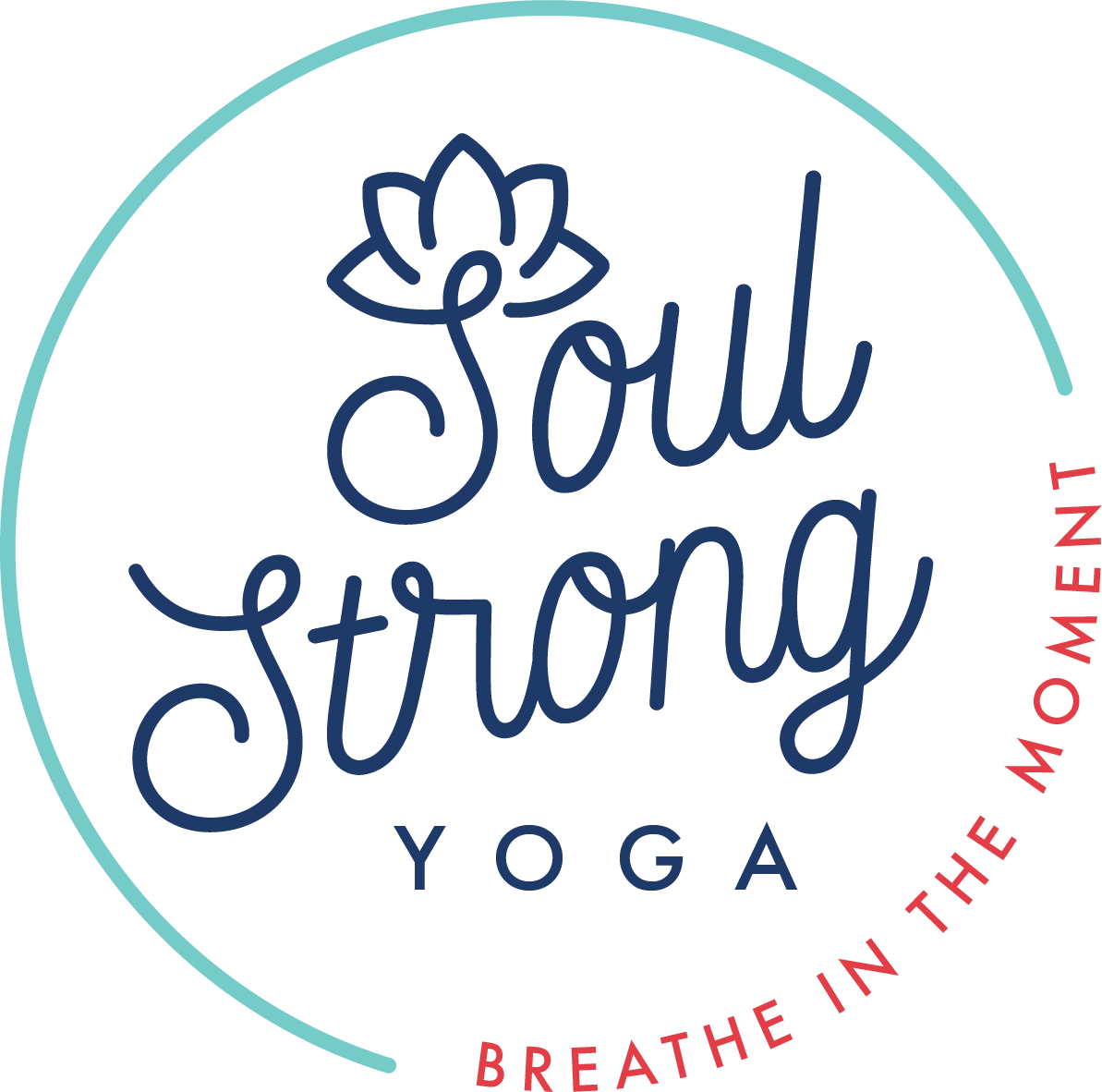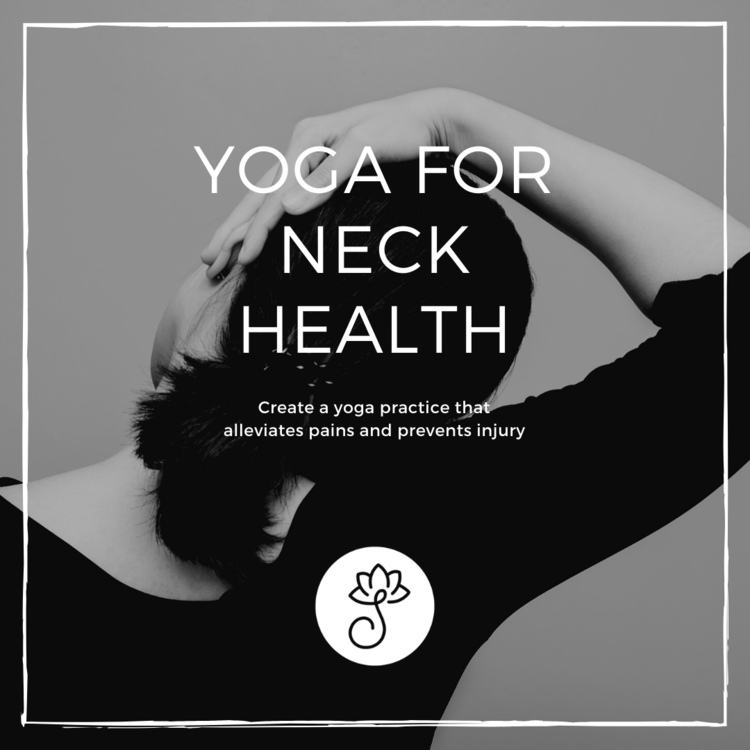Clara Hayes
In a typical drop-in flow class, when the instructor checks in with students’ bodies, I often hear a similar set of issues arise. Many of us speak out about a chronic tension or pain in the upper body, usually expressed by requests for shoulder stretches and heart openers. Despite our modern day knowledge of the dangers of “text neck” and postural deviations, it’s too easy to continue the same daily movement patterns and therefore, stay in the same problems. First and foremost, I am not a doctor and recommend seeking a doctor or other specialist for ongoing issues. But I’m also going to suggest something your physician would likely agree with. Maybe in looking at solving chronic tension, we’ll find more solution in bringing the concepts of yoga asana into our daily living patterns than in a daily vinyasa class. After all, we practice yoga to live a more wholehearted life, yes? Not the other way around. These next few paragraphs are a call to action. I’m calling you to begin a practice of svadhyaya, or self-study, one of the Niyamas. I’m encouraging you to look at your practice from a more holistic scope, beginning to take on the practice as a lifestyle larger than physical asana. In your self-study, begin to notice how your body feels right after your yoga practice, and how your body feels throughout your daily life. Notice how you feel in your body right after savasana versus a day that you haven’t practiced. Then begin to break down which aspects of this practice you can carry over for more support.
While I can’t tell you about your personal daily holding patterns, I can help you with some tips on creating a yoga practice that better protects your neck and shoulders. Implementing the following tips, on and off the mat, may just support you in releasing blockages and finding ease.
#1 Find Mountain Pose in Every Pose
By this I mean, find fully engaged alignment. If you thought Mountain Pose was simple, think again. In Mountain Pose, the body is fully engaged to find a nice, long spine. We engage the arches of the feet and ground down through the big toe mound, the pinky toe mound and the heel. This engagement then moves up our calves, to the quads, rolling the thighs slightly inward which draws in the low belly, the ribs knit together, the shoulders drop away from the ears and FINALLY the crown of the head finds a gentle lift. By the time you’re aligned, you should be in touch with the oppositional forces that are at work in every posture: you’re rooted down, while lifting up. Sometimes I like to imagine that while my feet are rooted into the floor, there’s a string at the top of my head keeping me afloat. This visualization may help you maintain some lightness and ease in your being.
#2 Look Forward in upward-facing dog
Sometimes it feels silly talking about where to look, or drshti, in yoga. Shouldn’t we just naturally know where to look? But where your gaze goes, alignment flows. When you’re in upward-facing dog, it can be tempting to crank the neck, gazing up towards the ceiling. This kind of dropping the head back compresses the cervical spine, your top seven vertebrae. This movement, when repeated multiple times throughout a class, can prove to be harsh on the body. Shift your gaze forward to the front of the room in your upward-facing dog to keep the neck long.
#3 Nourish Your Adrenals First
While feeling free in the neck and shoulders is great, what you may not know are the mega benefits that neck and shoulder health has on the nervous system. The vagus nerve starts at the brainstem and moves down the neck. It activates the parasympathetic nervous system, the part that helps us rest and recover. When there’s a physical blockage in the upper body, this pathway for the nervous system experiences the blockage, too. How can we start easing into our parasympathetic nervous system? Take some deep breaths from the low belly, unclench the jaw and soften the space between the eyebrows. Feel the upper body tension begin to melt away. Then ask yourself if your nervous system needs a vinyasa class today, or needs something lighter like yin or restorative. When we put unnecessary stress on our mind and body, we move further from union with our true selves.
I hope these tips assist you in finding more ease in the upper body, both on and off the mat. Remember to always consult your physician about any ongoing issues. For more information about yoga for neck health, check out the following links:
https://www.yogajournal.com/practice/healing-yoga-sequence-ease-neck-shoulder-pain
https://www.healthline.com/health/yoga-for-neck-pain
https://www.youtube.com/watch?v=SedzswEwpPw
https://www.mindbodygreen.com/0-7459/8-yoga-poses-to-help-cervical-spine-neck-issues.html
http://www.yogabasics.com/learn/the-five-niyamas-of-yoga/
Ready to deepen your practice? It might be time for Yoga Teacher Training! Take a look at Soul Strong Yoga’s online and self-paced Yoga Alliance Yoga Teacher Training at www.teachyogaforall.com. You’ll become a 200 hour certified yoga teacher with Yoga Alliance with a specialization in vinyasa yoga for all people.
Teachyogaforall.com is a self-paced 200 Hour Online Yoga Teacher Training with a 5-Star Yoga Alliance rating. We certify yoga teachers in vinyasa flow yoga. Our teachers are highly skilled at teaching yoga for all people. We are one of the only online yoga teacher training programs to offer Unlimited One-On-One Trainer Support and Weekly Small Group Zoom Calls. Our yoga teacher trainees work directly with the lead trainer, who is a 500 E-RYT Yoga Teacher Training with Yoga Alliance. Our certification program specializes in yoga asana, cueing, sequencing, philosophy, anatomy, physiology, meditation, adaptive yoga, prenatal yoga and more!

